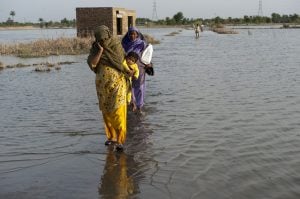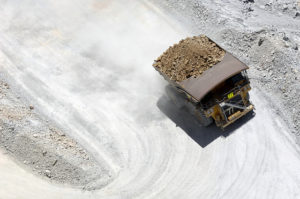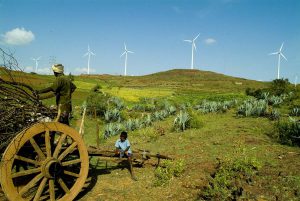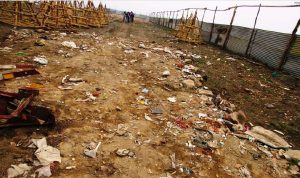Last December, delegates from over 150 countries gathered at the UN Climate Summit in Paris to conclude an agreement on climate with the goal of limiting the rise of global temperatures below 2⁰ C. However, while the rest of the world is clamping down on coal, Pakistan is attempting to revive its fledgling coal industry with five new power plants scheduled to start producing electricity by 2018 and many more in the pipeline. These coal power plants will spew billions of tonnes of carbon dioxide into the atmosphere over their lifetime further jeopardizing the future of our planet.
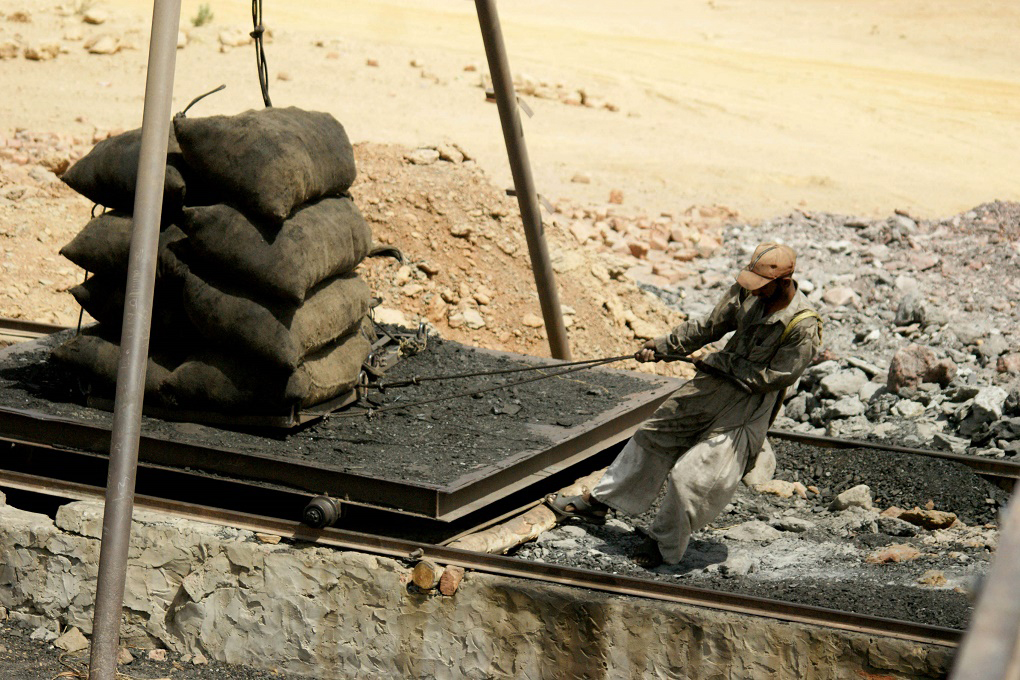
Pakistan’s energy crisis
For the past several years, Pakistan has been entrenched in an energy crisis. While electricity supply is a meagre 12,000 MW, electricity demand is around 19,000 MW resulting in acute power shortage in the country. A recent World Bank report found that over a third of the nation lacks electricity access and extended hours of load shedding are the norm, even in areas connected to the grid. The Economic Survey of Pakistan estimates that the energy shortfall has resulted in financial losses of between 2-3% of the national GDP. The energy crisis also threatens national security. Protests over electricity cuts often turn violent resulting in loss of life and infrastructure.
According to Khalid Mansoor, CEO of Hub Power Company, the problem lies in the country’s electricity generation fuel mix which is heavily tipped towards imported oil. Because coal is absent from the fuel mix, he says, the average cost of power generation is very high.
The coal conundrum
Pakistan has the world’s seventh largest reserves of lignite, yet less than 0.1% of its energy is generated from coal. Since the World Bank and other multilateral financial institutions have turned their back on coal, China has become Pakistan’s partner of choice for investment, construction and operation of these new coal-fired power plants. The China-Pakistan Economic Corridor (CPEC) is a bilateral deal between the two countries under which the Chinese government and banks will financially support Chinese companies to build USD 45.6 billion worth of energy and infrastructure projects in Pakistan over the next six years. The power plants will initially run on imported coal and will later transition to locally mined coal.
Read also: China’s new silk road: What’s in it for Pakistan?
From a climate perspective, Pakistan’s coal revival presents a grim picture. In 2010, one of the deadliest floods in Pakistan’s history inundated over a fifth of the country, killing two thousand people and displacing several million from their homes. In the subsequent years, heavy monsoon rains once again battered several Pakistani villages and towns. The intensifying monsoon-induced floods appear to be part of an emerging pattern of extreme and erratic precipitation in South Asia, which climate scientists are attributing to climate change. Last June, a lethal heat wave claimed over a thousand lives in the city of Karachi. The Intergovernmental Panel on Climate Change has predicted that heat waves will become more frequent and more intense in parts of South Asia as a result of the changing climate.
Despite the fact that Pakistan has experienced the negative impacts of climate change in the recent past, a lack of awareness among citizens, misguided energy and environmental policy and a desperate need for energy make it likely that the coal projects will proceed as planned. Moreover, in a country where almost half the population teeters on the brink of the poverty line, environmental concerns are placed rather low on the priority list. Ghulam Rasool, a resident of Muzaffargarh who was displaced by the floods of 2010 sums up the country’s collective apathy to the climate change issue, “Whether we die of poverty [because of lack of energy] or are carried away by the floods [caused by a changing climate], it is the same to us.”
An alternative strategy
A multi-dimensional approach is required to tackle Pakistan’s energy crisis while being mindful of the disastrous impacts of fossil-fuel related greenhouse gas emissions. Short-term measures could include upgrading aging power stations to become more energy-efficient, minimising transmission and distribution losses through smart metering and improved system monitoring, as well as introducing demand management initiatives such as peak pricing to curtail peak demand. In the long-term, Pakistan should aim to transition away from imported fossil fuels and focus on developing indigenous resources to meet its growing energy needs.
Historically, large hydro projects have spawned civil society opposition and politicians are therefore leery of developing the country’s vast hydropower resources. But hydropower could provide the long-term solution to meet Pakistan’s energy needs sustainably.
Pakistan has an estimated 50,000 MW of hydropower potential of which only 6,600 MW has been tapped so far. Hydropower potential could be harnessed to provide base-load power and be supplemented with technologies such as wind and solar to cater to peak demand. Nepal, for example, has a number of small run-of-the-river hydro projects which power communities without placing undue stress on downstream ecosystems.
The off-grid population could also benefit from the opportunity to ‘leapfrog’ directly to renewables via distributed generation without having to wait for central grid extension. Small-scale systems using localised fuel sources such as biomass and animal waste could be used to generate power. Solar cell technology could also be used to power microgrids in off-grid communities. Not only would this be cheaper than extending the centralised grid to remote locations but transmission and distribution losses resulting from transporting power over long distances would also be reduced.
Read also: How clean energy could transform Pakistan
Across Asia and Africa, private entrepreneurs are using mobile phones to top-up credit at smart electricity metres located in poor and remote communities The metres cut off power when the credit runs out. These pay-as-you-go systems enable the poorest communities to purchase electricity on an as-needed basis, and the certainty of payment encourages private investors. Pakistan has already experienced the mobile revolution and facilities like mobile money transfers and phone banking are used by a significant portion of the population. These existing facilities could be extended to pay for distributed energy services across the country.
To stimulate private sector investment, the government should provide financial incentives and streamline the approval process to expedite project implementation. Nation-wide government-led initiatives to convert gas water heaters and diesel water pumps to solar would also accelerate the uptake of renewable technology and contribute to savings in the energy bill. The cost of renewable energy is declining worldwide and Pakistan must use this opportunity to develop its vast indigenous renewable energy resource base to power a green economy.
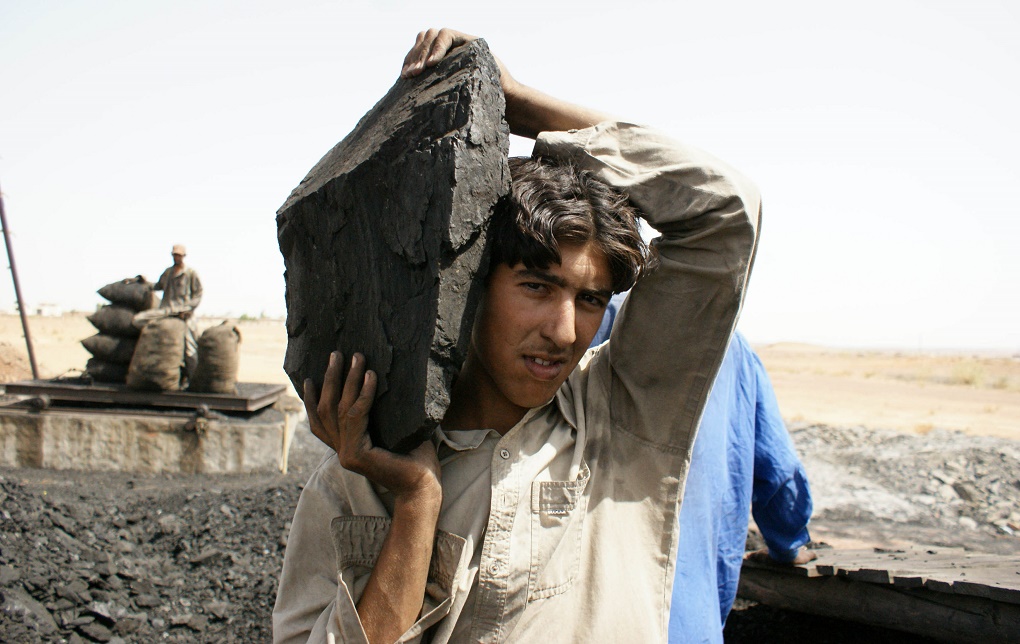
![A one-horned rhino in the grasslands of Orang (left) and a tiger in its wetlands [Images by Forest Department, Government of Assam]](https://dialogue.earth/content/uploads/2016/03/Orang_Wildlife_Image_Forest_Department_Assam-300x98.jpg)


